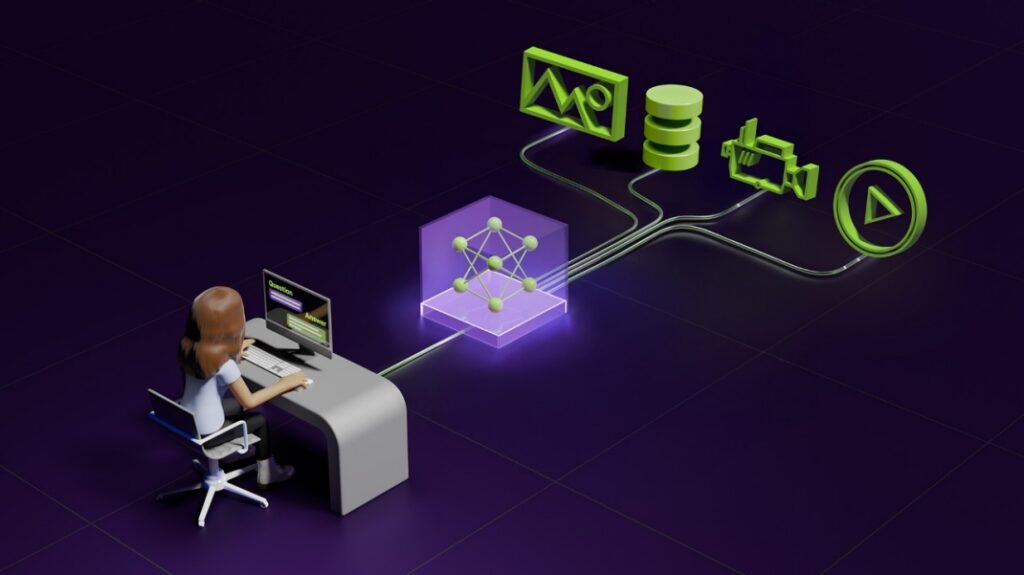AutoCBT: Revolutionizing Therapy with Technology
Cognitive Behavioral Therapy (CBT) has long been a cornerstone in mental health treatment, providing structured and evidence-based approaches to address anxiety, depression, and other psychological issues. With the advent of technology, particularly advancements in Artificial Intelligence (AI), therapy is undergoing a revolutionary transformation. Among the latest innovations, AutoCBT stands out as a game-changing autonomous framework that combines the principles of CBT with AI-driven insights.
What is AutoCBT?
AutoCBT represents a multi-agent framework designed to autonomously administer CBT sessions. It leverages large language models (LLMs) and dynamic routing mechanisms to provide highly personalized, empathetic, and effective therapeutic interventions. Unlike traditional models, which rely on fixed responses or rigid algorithms, AutoCBT adapts dynamically, ensuring responses are contextually relevant and emotionally supportive.
The framework consists of:
- Counselor Agents: Act as the interface between the user and the system.
- Supervisor Agents: Offer deeper insights and validation for the counselor’s responses.
- Dynamic Routing Mechanisms: Decide when to involve supervisors or respond directly.
- Memory Systems: Use short-term and long-term memory for contextual continuity.
Why AutoCBT Matters
The integration of AutoCBT into therapy practices addresses several limitations of traditional and online therapy systems:
- Accessibility: Many individuals avoid therapy due to stigma, cost, or logistical challenges. AutoCBT offers a private, scalable, and cost-effective alternative.
- Personalization: By identifying and challenging cognitive distortions through AI, AutoCBT adapts its strategies to individual needs, a feature often limited in existing automated therapy solutions.
- Scalability: With its ability to simulate professional counseling at scale, AutoCBT can serve populations that lack access to qualified therapists.
- Consistent Quality: AutoCBT’s supervised feedback loops ensure that responses align with CBT principles, offering a consistent therapeutic experience.
Core Features of AutoCBT
1. Dynamic Interaction
AutoCBT uses advanced routing strategies (e.g., unicast, multicast, and broadcast) to determine how the counselor agent interacts with supervisors. This flexibility mimics real-world therapy, where therapists consult colleagues for complex cases.
2. Empathy and Engagement
Empathy is central to therapy. AutoCBT integrates emotional intelligence into its responses, making users feel understood and supported. For example:
- In Chinese contexts, responses emphasize respect and attentiveness.
- In English contexts, professionalism and boundary-setting are prioritized.
3. Identification and Reflection
AutoCBT excels in identifying cognitive distortions such as catastrophizing or all-or-nothing thinking. It challenges these distortions using guided reflection, enabling users to reconsider and reframe negative beliefs.
4. Practical Strategies
Strategies provided by AutoCBT are rooted in professional psychological methods. Users are encouraged to apply these techniques in real-life situations, with the system offering support and reassurance throughout.
5. Cultural Sensitivity
AutoCBT adapts its tone and approach based on cultural norms, ensuring that therapy feels relatable and personalized.
How AutoCBT Will Transform Therapy
1. Expanding Reach
AutoCBT democratizes access to therapy, especially in areas where mental health professionals are scarce. Its ability to provide bilingual and culturally nuanced support further broadens its appeal.
2. Enhancing Traditional Therapy
Rather than replacing human therapists, AutoCBT can complement traditional therapy. It can handle initial consultations, provide interim support, or act as a supplementary tool for ongoing therapy.
3. Improving Outcomes
Studies highlighted in the development of AutoCBT show significant improvements in the quality of therapeutic interactions compared to earlier models. Its ability to provide empathetic, context-aware, and actionable guidance enhances user engagement and outcomes.
4. Reducing Costs
By automating routine aspects of therapy, AutoCBT reduces the overall cost of mental health care, making it more accessible to underserved populations.
Challenges and Considerations
While promising, the adoption of AutoCBT comes with challenges:
- Ethical Concerns: Ensuring user privacy and the ethical use of AI in sensitive scenarios is paramount.
- Technical Limitations: Current LLMs may struggle with nuanced semantics or misinterpret user intent, leading to less effective interactions.
- Human Touch: Despite its sophistication, AutoCBT cannot fully replicate the depth of human connection in therapy.
Future Directions
As AutoCBT continues to evolve, its potential applications expand:
- Integration with Wearables: Combining AutoCBT with wearable devices could enable real-time monitoring of emotional states and provide immediate support.
- Customization for Specific Disorders: Tailoring AutoCBT for conditions like PTSD, OCD, or eating disorders could enhance its therapeutic efficacy.
- Research and Validation: Ongoing studies will refine its algorithms, ensuring that AutoCBT meets clinical standards.
Conclusion
AutoCBT is poised to revolutionize therapy by making mental health care more accessible, affordable, and effective. While it cannot replace the human element in therapy, its role as a supportive tool can bridge the gap for millions in need. As technology and psychology continue to intersect, the future of mental health care looks brighter than ever.
For professionals and patients alike, embracing innovations like AutoCBT marks a step toward a more inclusive and effective mental health landscape.
